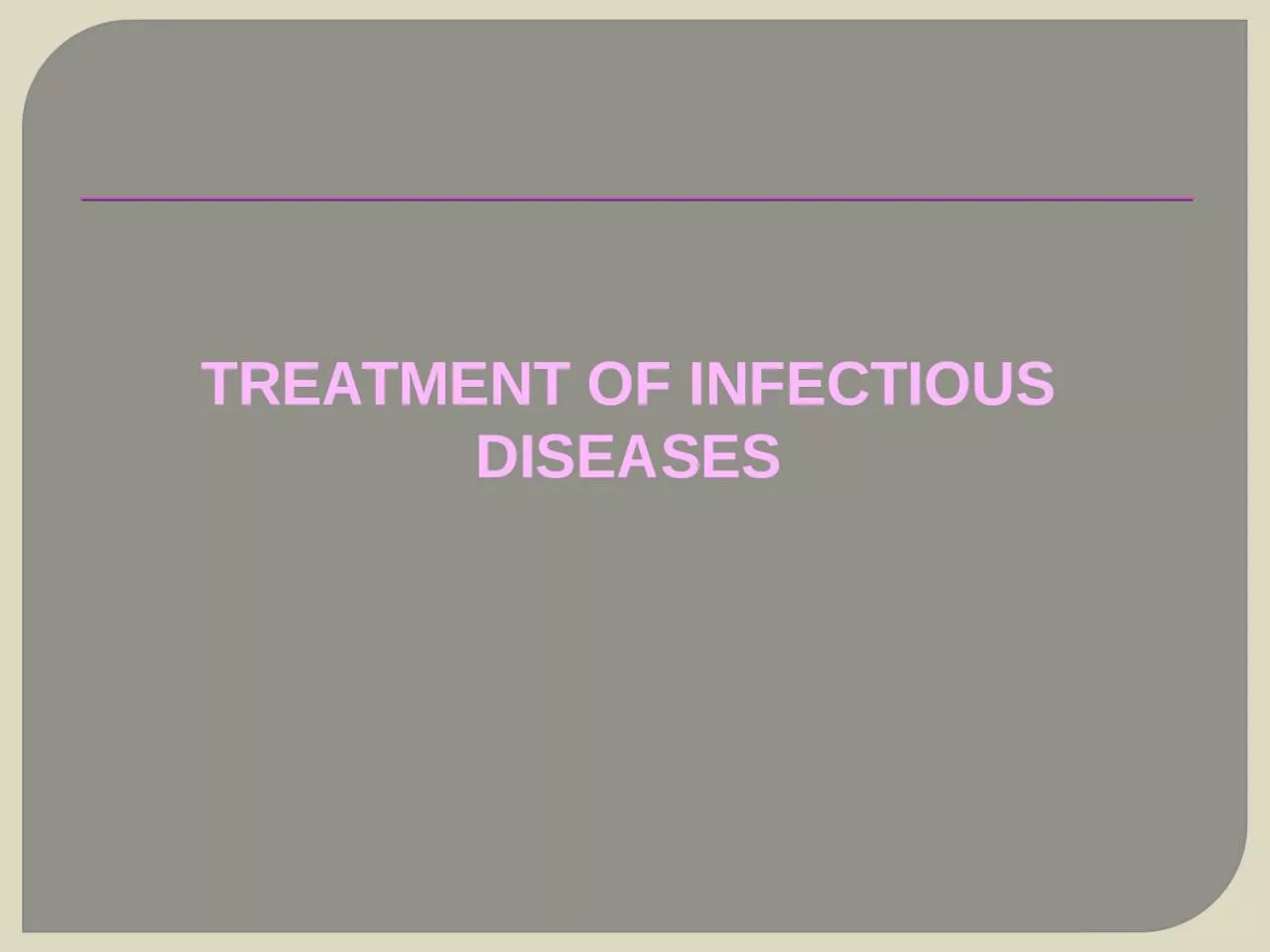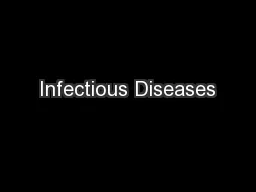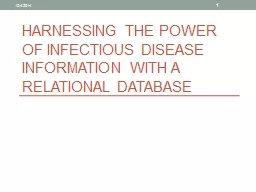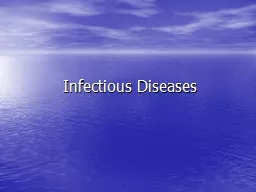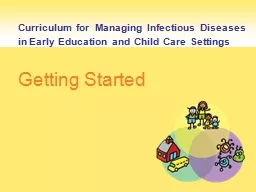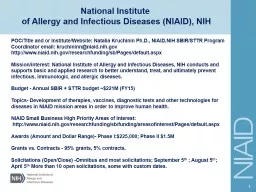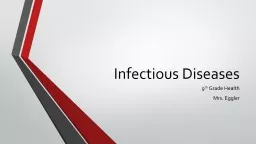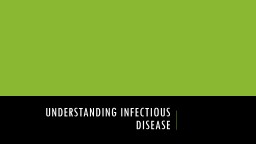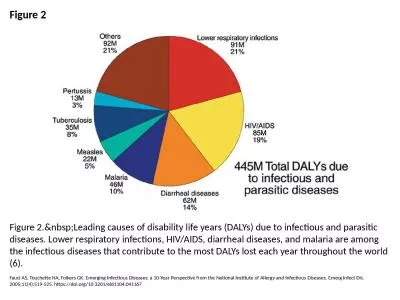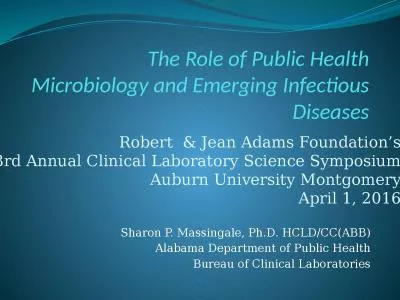PPT-TREATMENT OF INFECTIOUS DISEASES
Author : carny | Published Date : 2024-03-13
The key components of treating infectious disease are Address any identifiable predisposing factor eg diabetes mellitus or known immune deficit HIV neutropenia
Presentation Embed Code
Download Presentation
Download Presentation The PPT/PDF document "TREATMENT OF INFECTIOUS DISEASES" is the property of its rightful owner. Permission is granted to download and print the materials on this website for personal, non-commercial use only, and to display it on your personal computer provided you do not modify the materials and that you retain all copyright notices contained in the materials. By downloading content from our website, you accept the terms of this agreement.
TREATMENT OF INFECTIOUS DISEASES: Transcript
Download Rules Of Document
"TREATMENT OF INFECTIOUS DISEASES"The content belongs to its owner. You may download and print it for personal use, without modification, and keep all copyright notices. By downloading, you agree to these terms.
Related Documents

